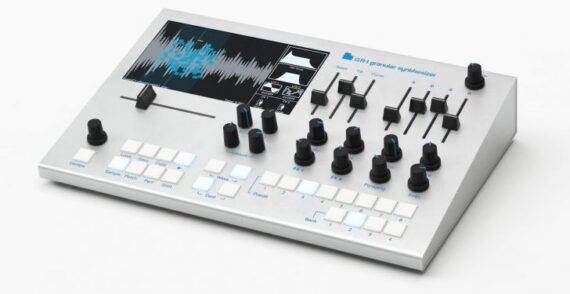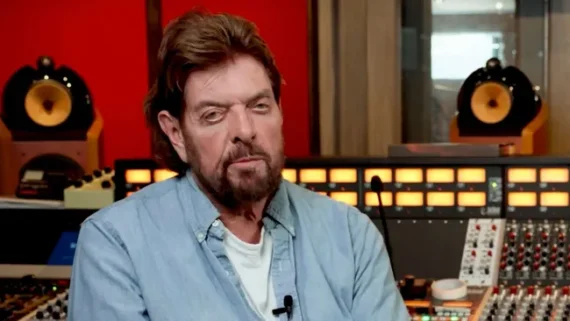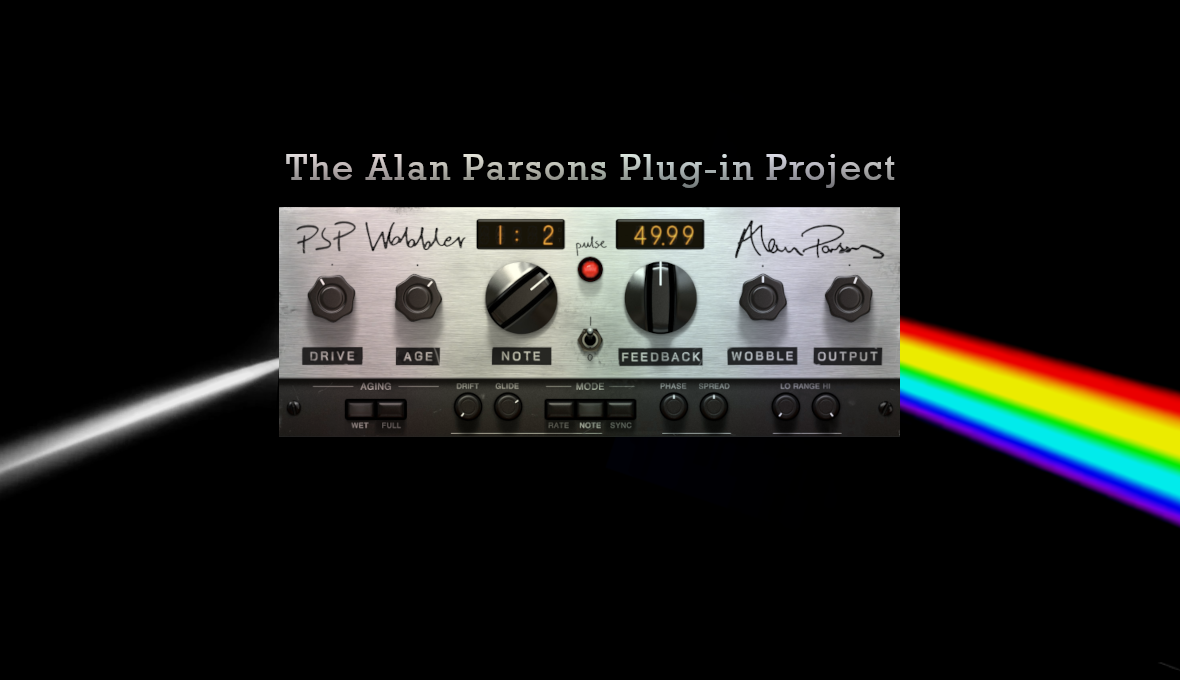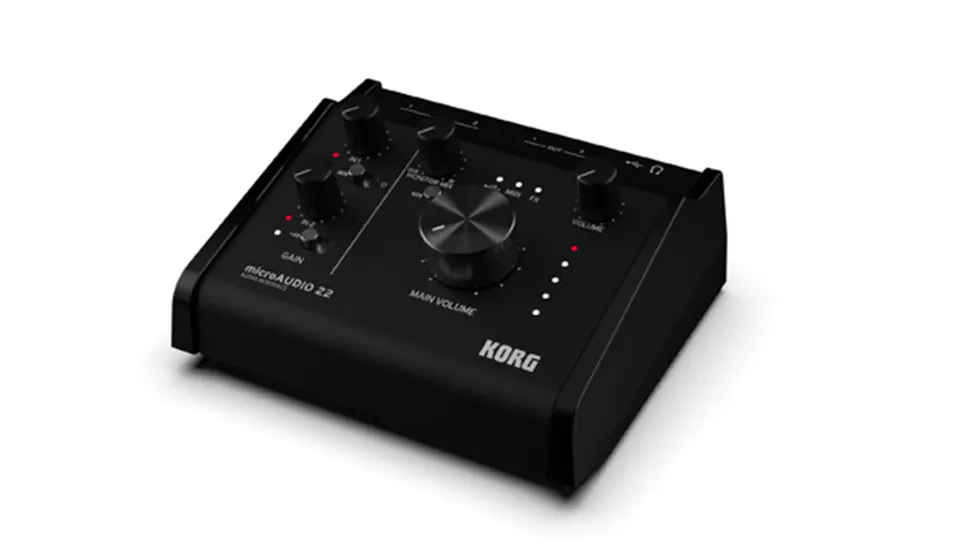Tasty Chips Electronics GR-1 Gets Major Update

Tasty Chips Electronics has released a major update to its GR-1 Granular Synthesizer, adding new features, updates, and bug fixes.
Here’s what’s new in GR-1 version 3:
New Features:
- Save popup for quick internal storage and naming of all entities: sample, patch, performance, multi, using just a single screen. Only the sample data type will defer to the filechooser.
- The performance list allows you to easily load and save performances internally, without browsing with the file chooser.
- Named performances.
- Boot up with your last used performance.
- Ability to store patches and samples internally.
- File manager: rename, copy, delete files, and create new folders.
- 4 Multi Timbral (MT) presets per performance. When [Play] is off, use [Shift] + [Bank1234] to change MT preset.
- Factory reset – restores default performance, reset system settings, and deletes _all_ user data
- System menu – Shutdown button to safely shutdown and avoid any possible data corruption.
- Are you sure? popups for practically all destructive actions.
- “Busy/working” popups for loads and saves, and “xx% done” popups for copying large amounts of files.
- Text edit – Use horizontal fader to move through alphabet.
- Text edit – Shift + Encoder push to enter space.
- Text edit – Shift + Escape to delete character.
- Mute while loading and saving performances.
- File chooser – Select USB stick + [Shift] + push (Select) -> unmount
- File chooser – shows file sizes.
Changes:
- Performance menu ([Shift] + [Perf]) now leads to 3 sub menus : a list of performances, system settings, and the file manager.
- System settings are now saved separately and system-wide, instead of inside each performance.
- Harmonized look for all menus: all selectable widgets can have a white rectangle around them to select.
- High contrast color scheme, and bigger fonts in menus: much improved readability without sacrificing looks.
- Samba file sharing now has to be enabled manually in System menu. This is done to avoid corruption.
- File chooser speedups.
- Removed incremental saves, as inquiry amongst users revealed this feature is rarely used.
- Slightly faster loads of patches and performances.
- #1039 separately loaded patch can now be undone by pressing preset. only after save will it be permanent.
Visit the Tasty Chips site for details.





